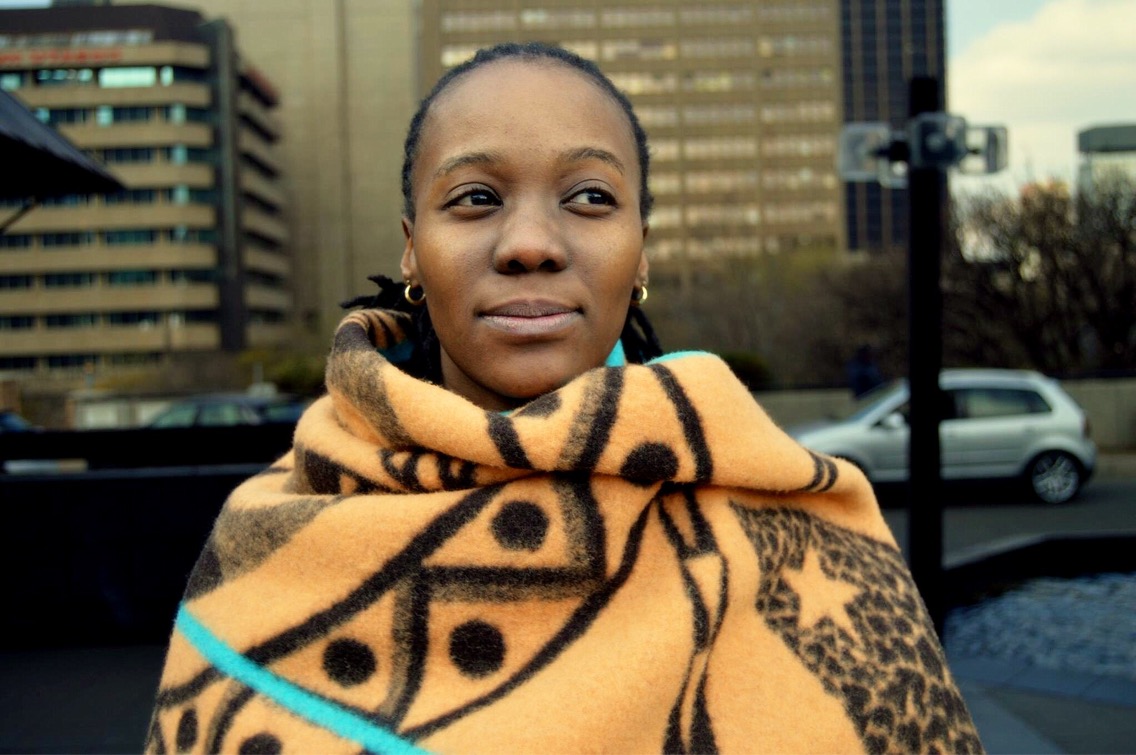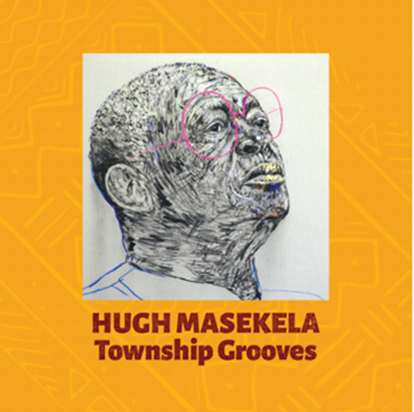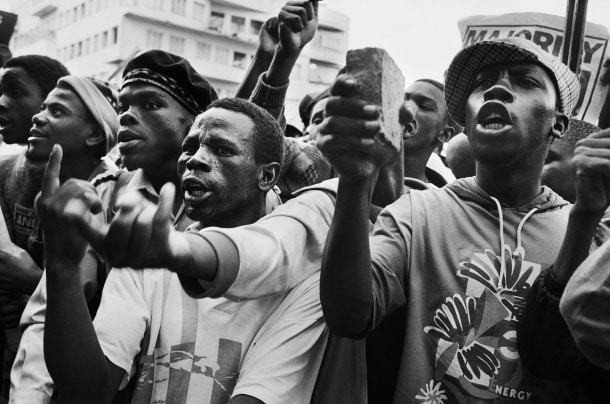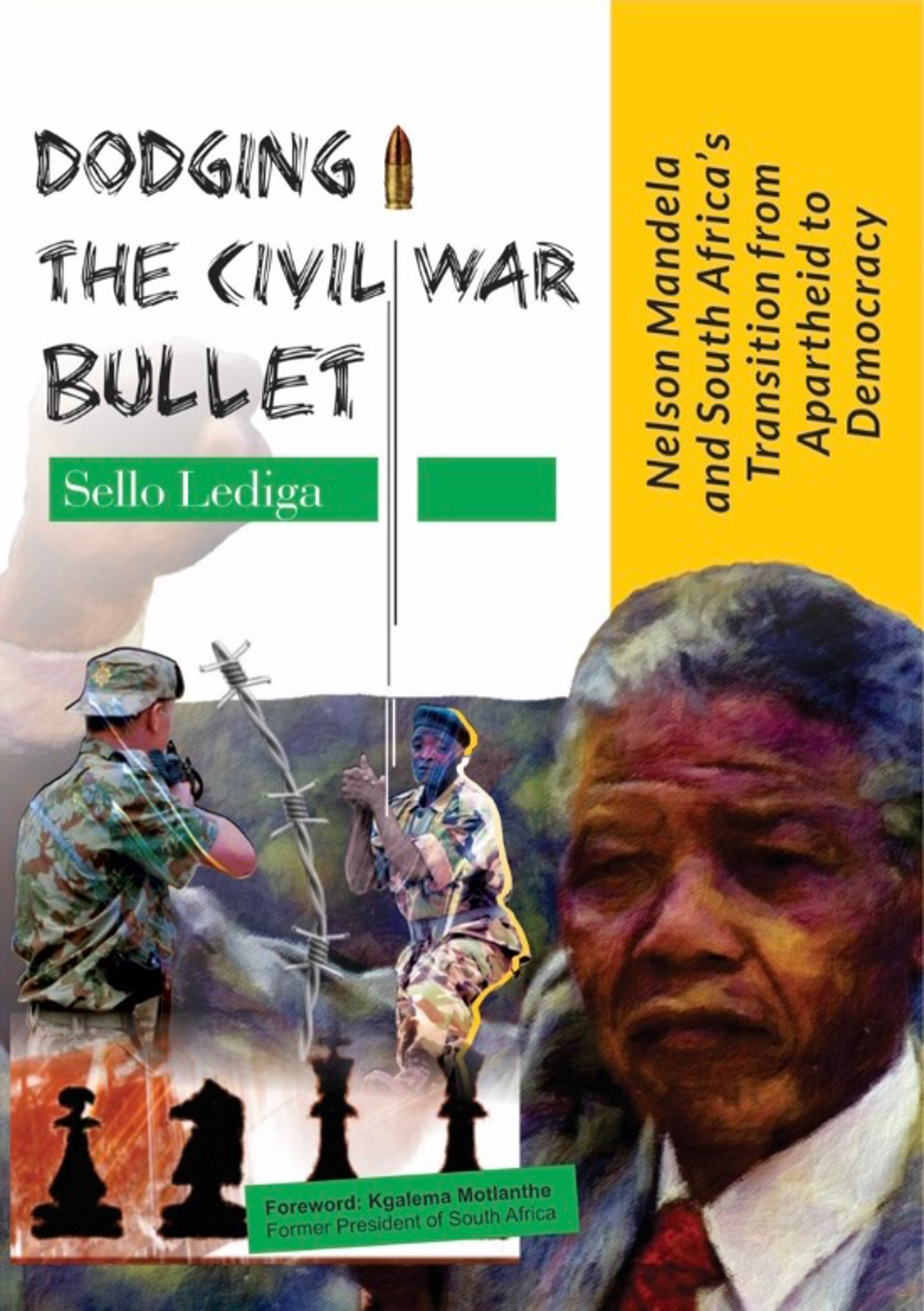I gather straws of our scattered stories.
Weave tranquility into an epic of MaNthatisi
herding armies of wild cats
through victories in far lands.
The healing of Mantsopa: my intertwist,
She remedied war with rain,
So I criss-cross water into our tale.
I intwine myself as the brave Tselane,
Plait pluck into our plot,
Draw out luck and abundance for the final knot.
I am the weaver of peace: Khotso
I am the offspring of rain: Pula
I am abundance: Nala
I am MoSotho!
Synopsis: Most Sotho people - or BaSotho - live in Lesotho (a country completely sur-rounded by South Africa) as well as in South Africa, although small groups live in south-ern African countries like Zambia, Zimbabwe and Namibia. The national emblem and symbol of BaSotho is the cone-shaped hat woven with grass called Modiyanyewe. “Khotso. Pula. Nala”, which translates to “Peace. Rain. Abundance” are words spoken by BaSotho in greeting and to wish each other well and abundance. Basotho clans ven-erate and use animals as their totems. MaNthatisi led BaTlokwa - a clan that venerates the “wild cat” - even in inter-tribal battles (Difaqane) during the 1800s. Mantsopa was a prophetess and healer who used to advise the the first king of Basotho, Moshoeshoe. Tselane is a young woman character in one of Basotho’s most well-known folktale. She survived the clutches of the monster, Kgodumodumo.
By Katleho Kano Shoro (MA)


















